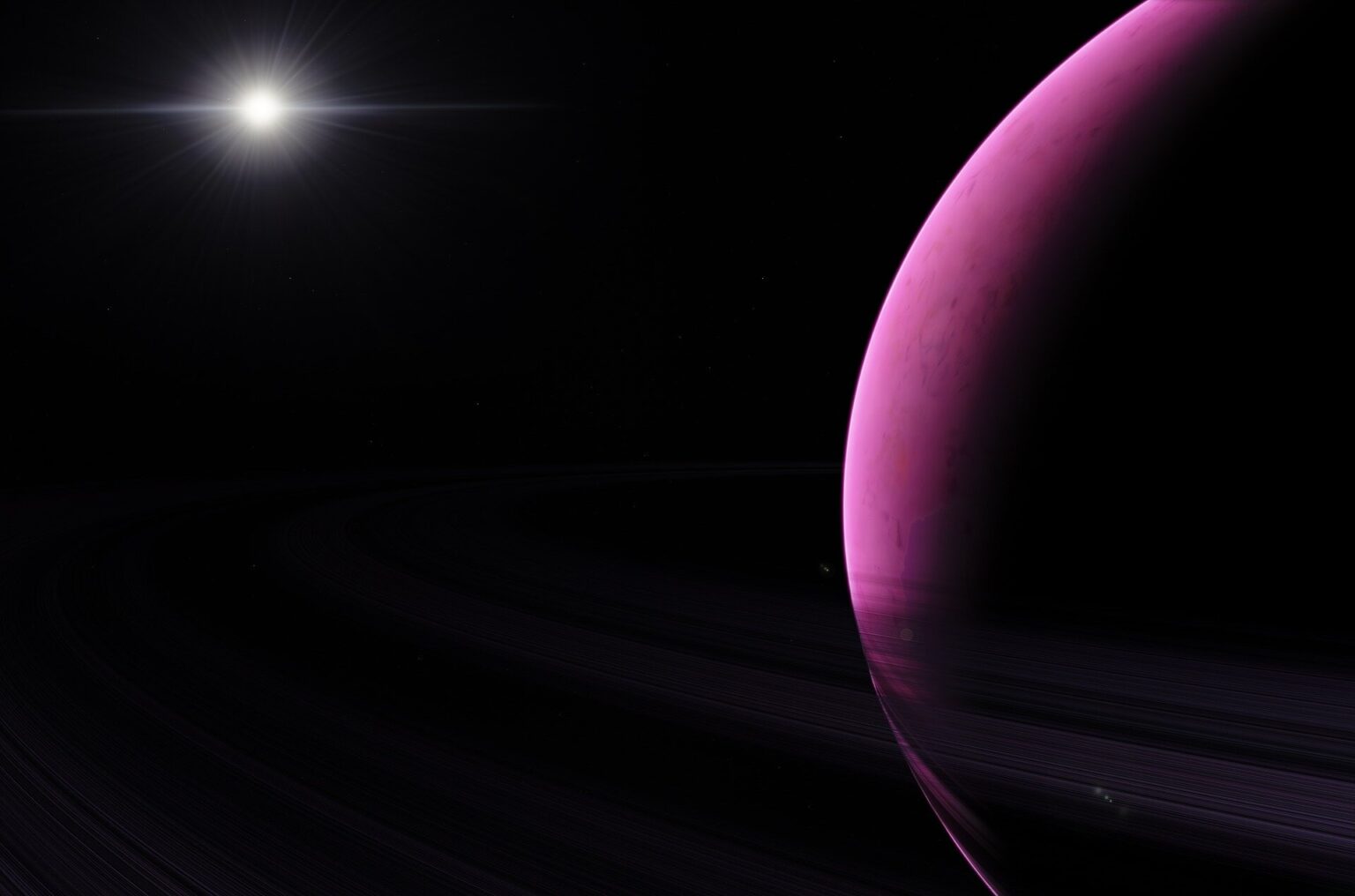Giant planets can form even in the orbits of low-mass stars, if they are rich in heavy elements. Scientists came to this conclusion by exploring a new world called TOI-4860 b.

Planet TOI-4860 b
If a star has a lot of heavy elements, then even planets are formed around it, the occurrence of which is considered unlikely in this case. This conclusion was recently reached by an international group of scientists led by specialists from the University of Birmingham. They published the results of their research in the journal Monthly Notices of the Royal Astronomical Society.
The planet TOI-4860 b prompted them to such an interesting conclusion. Some time ago, it was discovered using the NASA Transiting Exoplanet Survey Satellite (TESS) space telescope. The authors of the study tried to learn more about it using the SPECULOOS instrument located at the European Southern Observatory in the Atacama Desert.
With its help, they observed the planet at different wavelengths, which made it possible to determine its chemical composition. Next, astronomers teamed up with colleagues from Japan and, using the Subaru telescope in Hawaii, determined its size and mass.
How the “irregular” planets are formed
TOI-4860 B is a hot gas giant. It has the mass and size of Jupiter, but orbits its own star in just 1.52 days. This would not be surprising, because there are many such planets discovered in space. But the star in the orbit of which it is located is extremely low-mass, even by the standards of red dwarfs.
Now scientists believe that there is a direct relationship between the mass of a star and the protoplanetary disk that surrounds it, that is, the larger it is, the more gas and dust there is. It follows from this that gas giants are often found near red dwarfs, and studies confirm this.
However, TOI-4860 b has one feature. Both it and its star are extremely rich in heavy elements. Astronomers consider anything heavier than helium to be such. And it is this factor, according to the authors of the study, that allowed the planet to grow to the size of a gas giant.
According to phys.org
Follow us on Twitter to get the most interesting space news in time
https://twitter.com/ust_magazine
